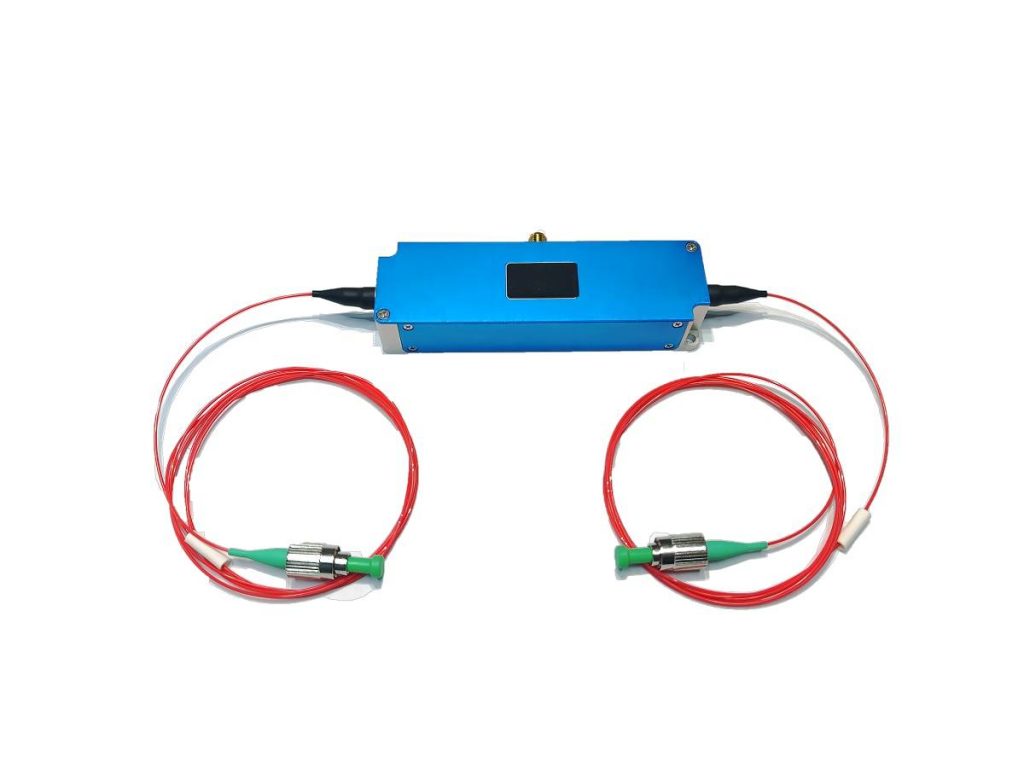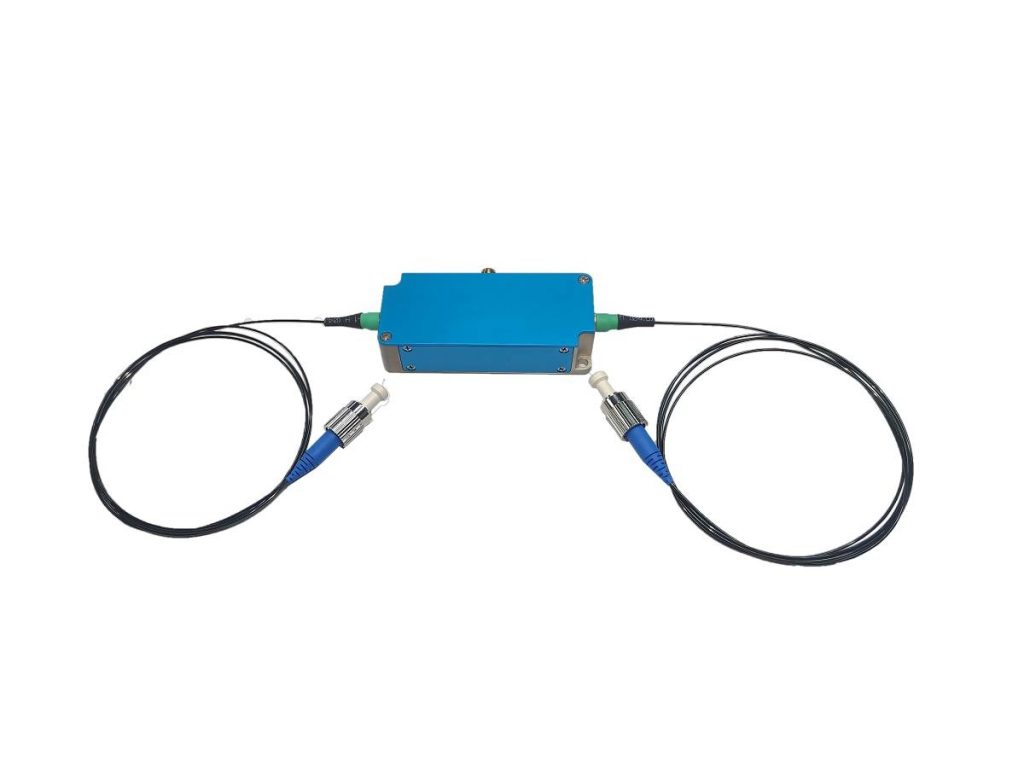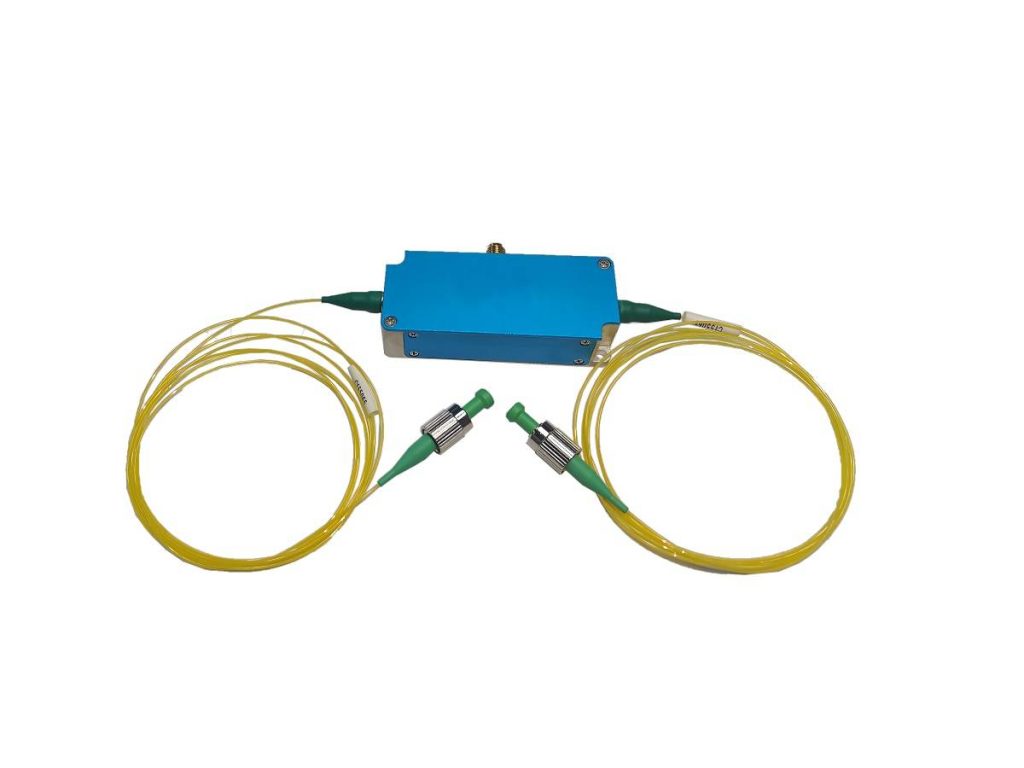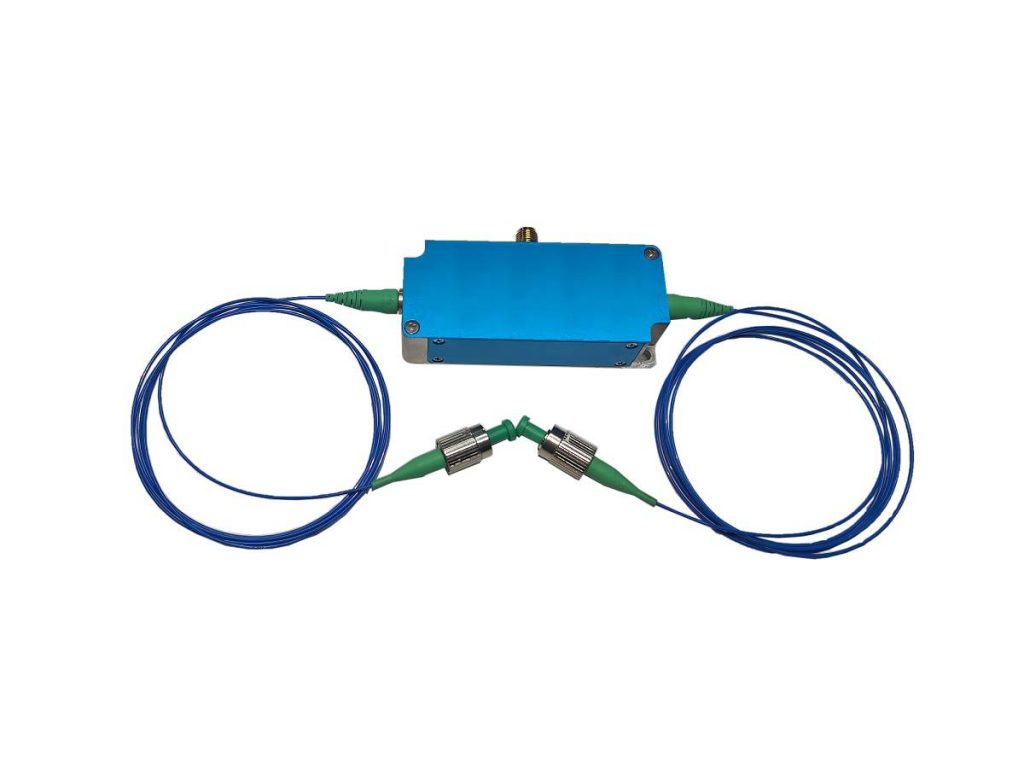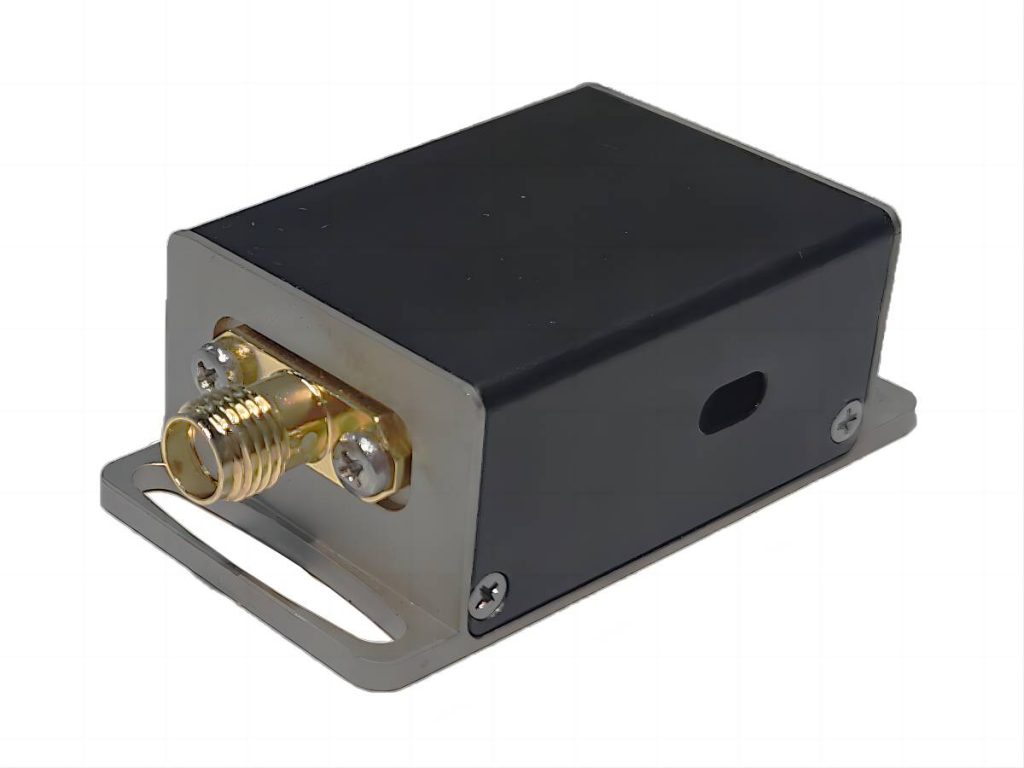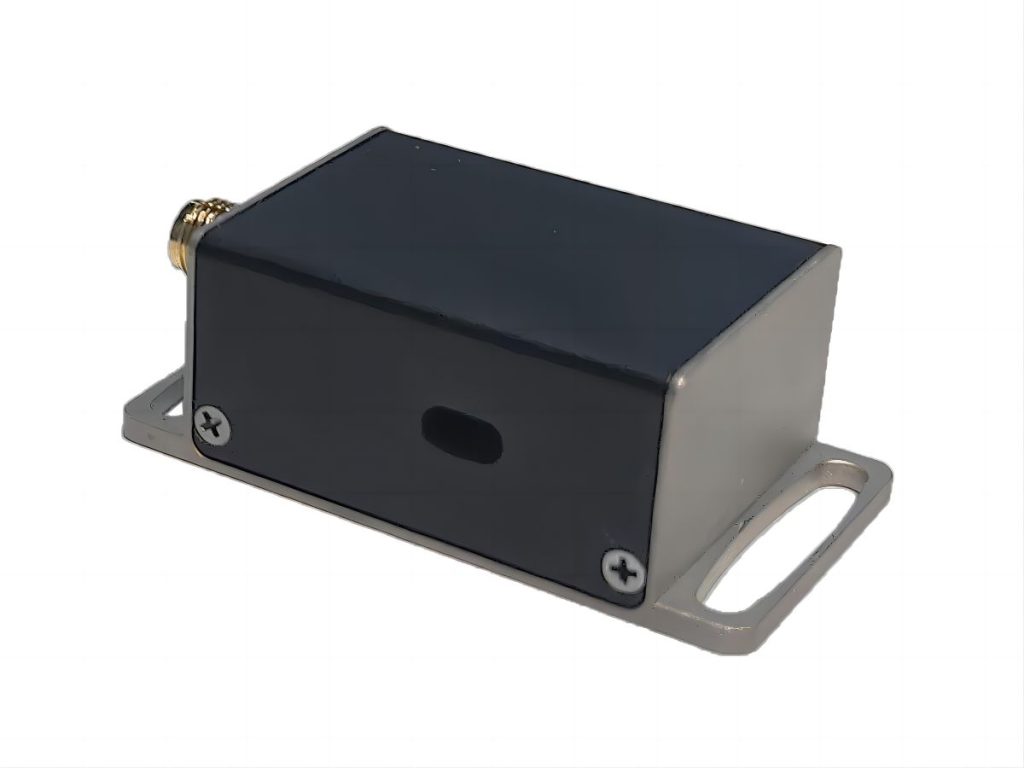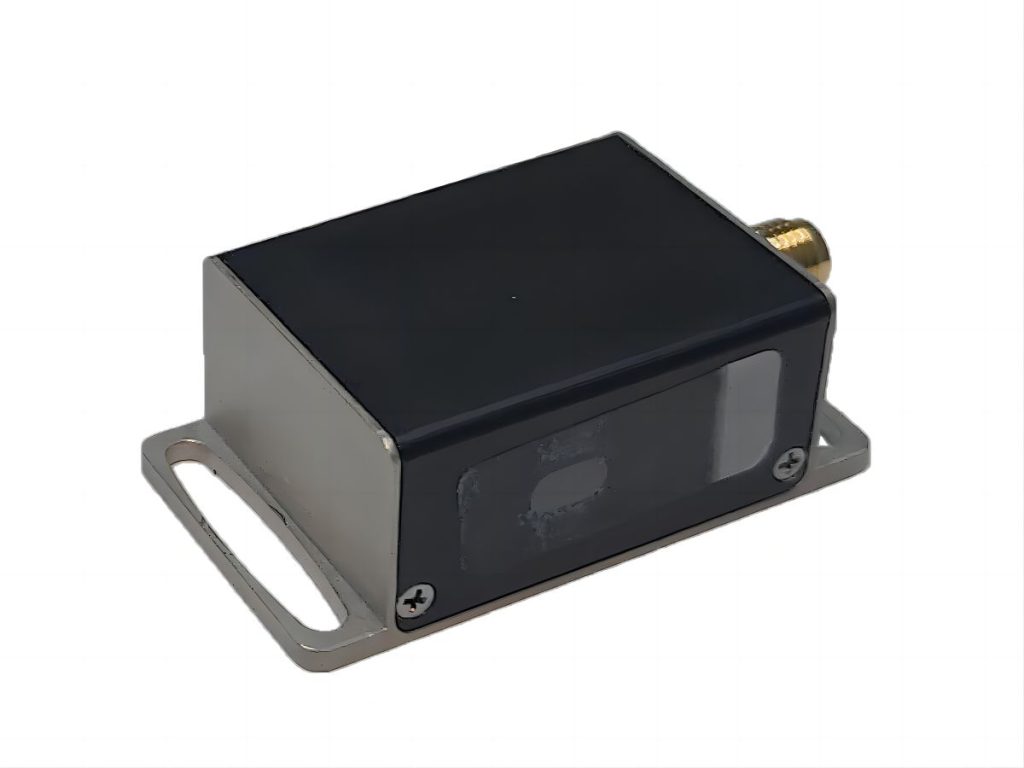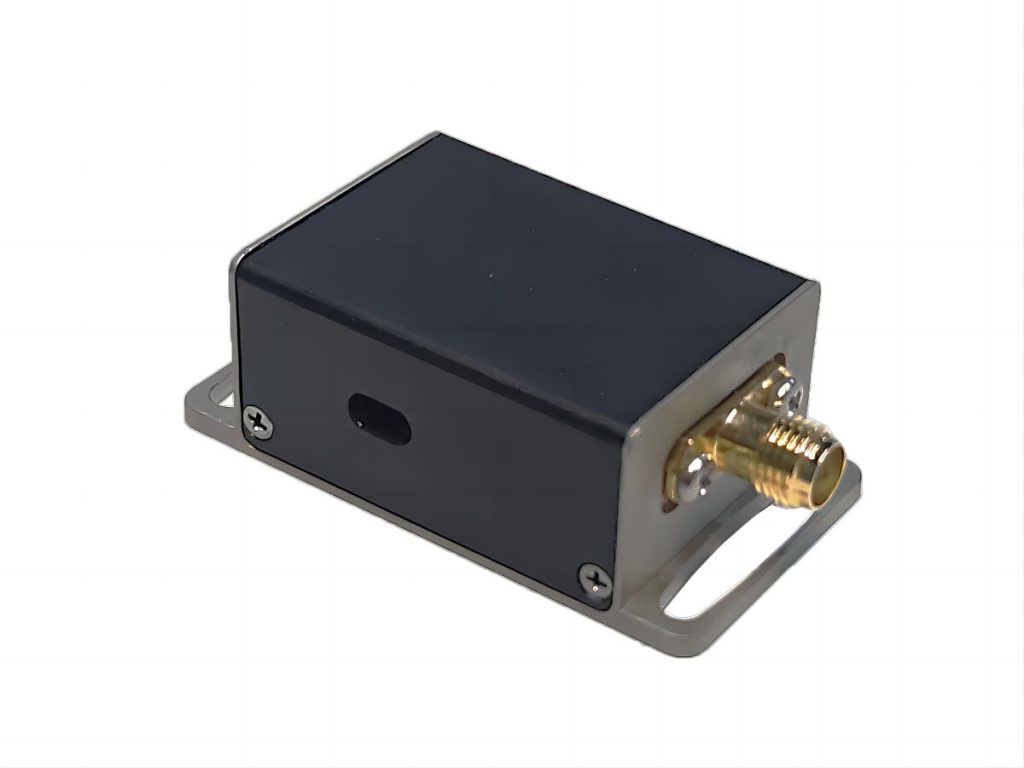Applications of Acousto-Optic Modulators in Fiber Sensing
Fiber optic sensors have revolutionized various fields due to their unique advantages, including immunity to electromagnetic interference, high sensitivity, and remote sensing capabilities. Acousto-optic modulators (AOMs) play a crucial role in unlocking the full potential of fiber sensing technology, particularly in distributed fiber sensing applications. This article explores the working principle of AOMs, delves into their diverse applications in fiber sensing, and provides a comprehensive guide for selecting the right AOM for specific needs.
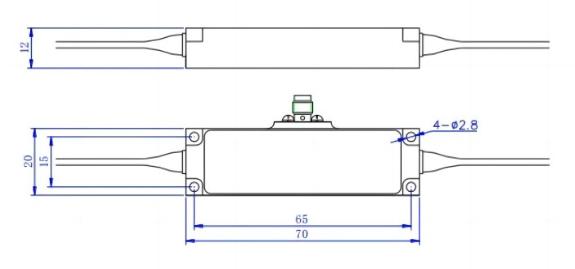
What are Acousto-optic Modulators?
Acousto-optic modulators are optoelectronic devices that utilize the interaction between sound waves (acoustic waves) and light waves (optical waves) to manipulate the properties of light. This phenomenon, known as the acousto-optic effect, allows AOMs to modulate light signals based on the characteristics of the applied acoustic wave.
The core components of an AOM include:
- Acousto-optic medium: Typically composed of materials like glass or fused silica, this medium is the platform where the interaction between light and sound waves takes place.
- Electro-acoustic transducer (EAT): Also referred to as an ultrasonic transducer, this component converts an electrical signal into an acoustic wave. It leverages the piezoelectric effect, where certain materials generate mechanical vibrations when subjected to an electric field.
- Acoustic absorber (or reflector): Located near the acoustic source, this element absorbs or reflects the acoustic wave after it has interacted with the light, preventing it from bouncing back and causing interference.
- Drive electronics: This unit provides the electrical signal that drives the EAT, controlling the frequency and intensity of the generated acoustic wave.
Acousto-Optic Modulator working principle can be summarized as follows:
- Electrical Signal Input: An electrical signal is applied to the drive electronics.
- Acoustic Wave Generation: The EAT converts the electrical signal into an acoustic wave that propagates through the acousto-optic medium.
- Light-Sound Interaction: As the acoustic wave travels through the medium, it creates a periodic variation in the refractive index. This variation causes the incident light beam to diffract, modifying its properties.
- Light Modulation: The diffracted light experiences a change in its direction, intensity, or both, depending on the characteristics of the acoustic wave and the design of the AOM.
By controlling the frequency and intensity of the applied electrical signal, AOMs can achieve various types of light modulation, including intensity modulation, frequency modulation, and phase modulation. These modulated light signals are then used for sensing purposes in fiber optic sensor systems.
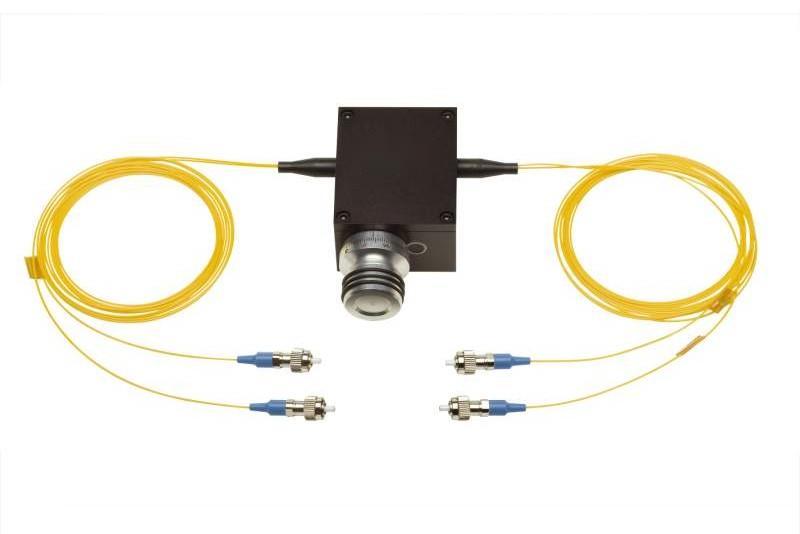
Applications of Acousto-Optic Modulators in Fiber Sensing
AOMs have become instrumental in advancing fiber sensing technology, particularly in distributed fiber sensing. Unlike traditional point sensors that measure at specific locations, distributed fiber sensing systems can continuously monitor parameters along the entire length of an optical fiber. This capability unlocks a wide range of applications in various industries. Here, we explore some prominent applications of AOMs in this domain:
- Fiber Vibration Sensing: In this application, an AOM modulates a light pulse traveling through a fiber optic cable. When the fiber experiences vibrations, these vibrations cause minute changes in the optical path length. These path length variations are detected by demodulating the light signal after it interacts with the AOM. By analyzing the modulation characteristics, the vibration information can be extracted with high precision and sensitivity. This method finds applications in structural health monitoring, machine condition monitoring, and seismic sensing.
- Quasi-distributed Fiber Sensing: Conventional distributed fiber sensing techniques involve continuous light probing along the entire length of the fiber. AOMs offer an alternative approach for quasi-distributed sensing. In this method, the AOM modulates the light pulse at specific frequencies corresponding to different locations along the fiber. By analyzing the reflected or backscattered light from various sections of the fiber, information about the entire sensing region can be obtained. This approach offers several advantages, including the ability to pinpoint the location of sensing points within the fiber, a wider monitoring range compared to point sensors, and high spatial resolution.
- Fiber Acousto-electro-optic Modulation Technology: This emerging technology combines the strengths of acousto-optic and electro-optic modulation techniques. Acousto-optic modulation is used to create a traveling diffraction grating within the fiber, while electro-optic modulation allows for further manipulation of the light signal. This combination holds immense potential for distributed acoustic wave sensing systems, particularly in long-distance monitoring applications. The ability to control the interaction between light and sound waves within the fiber opens doors for sensitive and precise acoustic wave detection over extended distances.
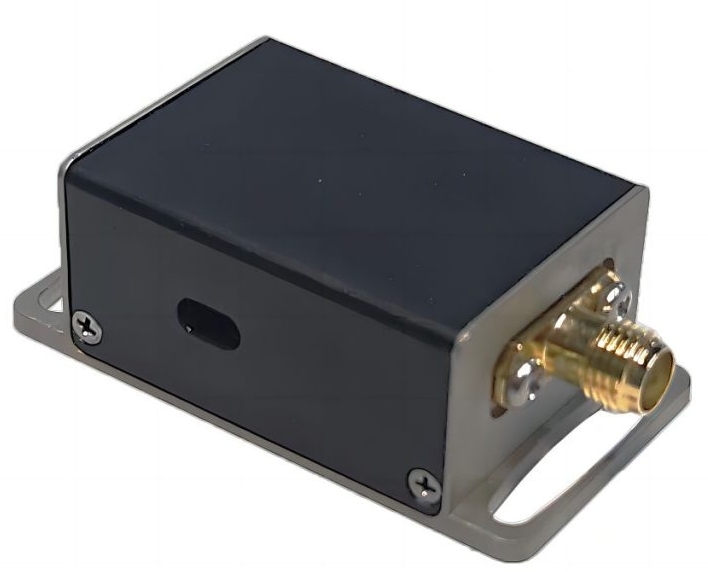
Selecting the Right AOM for Your Fiber Sensing Needs
With a diverse range of AOMs available, choosing the most suitable option for a specific fiber sensing application is crucial. Here are some key factors to consider when selecting an AOM:
- Application Scenario: The intended use of the AOM should be clearly defined. For instance, high-speed optical communication systems require AOMs with fast modulation speeds for efficient signal modulation and demodulation. Conversely, laser radars utilizing AOMs to control laser output may prioritize features like precise frequency control and high stability.
- Modulation Speed: The AOM’s modulation speed, determined by its rise time and modulation rate, must meet the application’s requirements. Faster rise times and higher modulation rates enable modulation of high-frequency signals but may come at the expense of other performance parameters like insertion loss.
- Optical Power Handling Capability: The AOM should be able to handle the optical power range encountered in the fiber optic sensor system. AOMs with limitations in optical power handling capacity may experience signal distortion or damage at high optical power levels.
- Beam Diameter: The diameter of the light beam propagating through the AOM needs to be compatible with the specific device design. When using non-diffractive first-order beams, careful consideration of the beam diameter and AOM aperture is essential to ensure efficient light modulation.
- Insertion Loss: Insertion loss refers to the amount of optical power lost due to the AOM’s presence within the fiber optic system. Minimizing insertion loss is crucial for maintaining high signal strength and maximizing the system’s overall performance.
- Extinction Ratio: The extinction ratio is a measure of the contrast between the modulated and unmodulated light signals. A high extinction ratio is critical for applications like heterodyne interferometry and intensity modulation, where clear differentiation between the modulated and unmodulated states is essential.
- Compatibility and Stability: The AOM should be compatible with existing optical and electronic control systems within the fiber optic sensor setup. Additionally, maintaining stable performance over time is crucial for reliable and accurate sensing measurements.
- Size and Weight: In specific application scenarios, size and weight constraints may be important factors. Compact and lightweight AOMs are ideal for applications where space limitations exist or where portability is a key requirement.
- Cost: Selecting a cost-effective AOM that fulfills the performance requirements is important. Finding the optimal balance between functionality, features, and cost is crucial for budget-conscious projects.
- Manufacturer Support: Choosing a reputable acousto-optic modulator manufacturer with a proven track record and reliable technical support is essential. Having access to knowledgeable support personnel can be invaluable for troubleshooting any issues that may arise during the AOM selection or integration process.
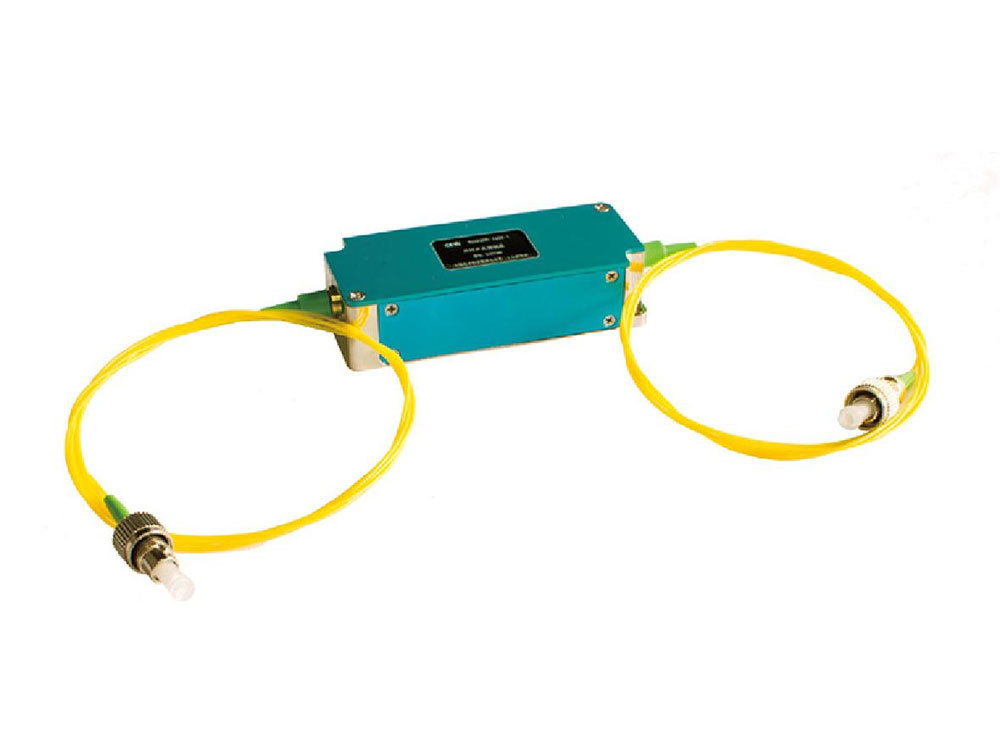
Conclusion
Acousto-optic modulators have become a cornerstone technology in unlocking the full potential of fiber optic sensing, particularly in distributed sensing applications. Their ability to modulate light signals with high precision and control has revolutionized various industries by enabling real-time, continuous monitoring over long distances. By understanding the working principle of AOMs, exploring their diverse applications in fiber sensing, and carefully selecting the right AOM for specific needs, researchers and engineers can develop innovative and highly effective fiber optic sensing solutions for a wide range of applications. As AOM technology continues to evolve, with advancements in miniaturization, improved material properties, and enhanced control functionalities, we can expect even more exciting possibilities to emerge in the future of fiber optic sensing.

